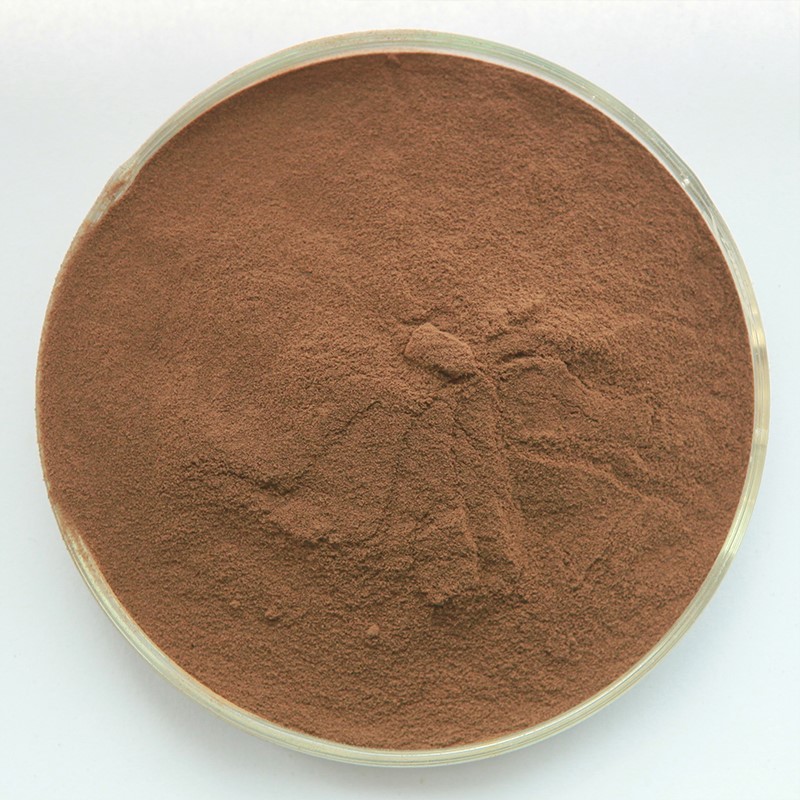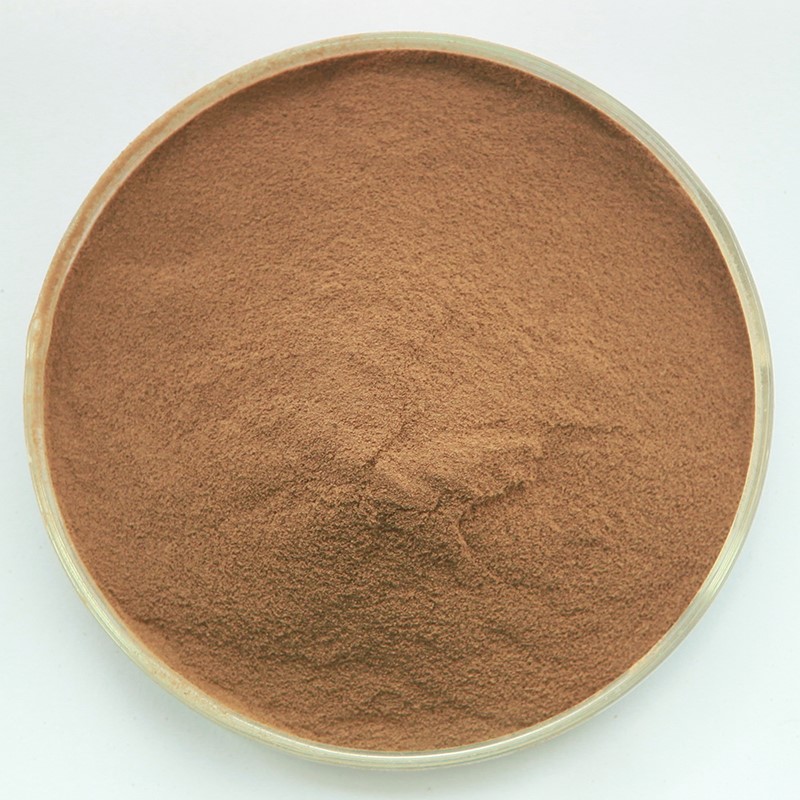1. Product introduction:
Calcium lignosulfonate (referred to as wood calcium) is a multi-component high molecular polymer anionic surfactant. Its appearance is brownish-yellow powder material with a slight aromatic odor. The molecular weight is generally between 800 and 10,000. It has a strong Dispersibility, adhesion, chelating properties. At present, calcium lignosulfonate products have been widely used as cement water reducers, pesticide suspension agents, ceramic green body enhancers, coal water slurry dispersants, leather tanning agents, refractory binders, carbon black granulating agents, etc. It is widely used in various industries and is welcomed by users.
2. Main technical indicators (MG):
Appearance Brown-yellow powder
Lignin content ≥50~65%
Water insoluble matter ≤0.5~1.5%
PH 4.-6
Moisture ≤8%
Water insoluble matter≤1.0%
Reduce 7~13%
3. Main performance:
1. Used as a concrete water reducer: 0.25-0.3% of the cement content can reduce water consumption by more than 10-14, improve the workability of concrete, and improve the quality of the project. It can be used in summer to suppress slump loss, and it is generally used in combination with superplasticizers.
2. Used as a mineral binder: in the smelting industry, calcium lignosulfonate is mixed with mineral powder to form mineral powder balls, which are dried and placed in the kiln, which can greatly increase the smelting recovery rate.
3. Refractory materials: When manufacturing refractory bricks and tiles, calcium lignosulfonate is used as a dispersant and adhesive, which can significantly improve the operating performance, and has good effects such as water reduction, strengthening, and prevention of cracking.
4. Ceramics: Calcium lignosulfonate is used in ceramic products, which can reduce the carbon content to increase the green strength, reduce the amount of plastic clay, the fluidity of the slurry is good, and the yield is increased by 70-90%, and the sintering speed is reduced from 70 minutes to 40 minutes .
5. Used as a feed binder, it can improve the preference of livestock and poultry, with good particle strength, reduce the amount of fine powder in the feed, reduce the powder return rate, and reduce the cost. The loss of the mold is reduced, the production capacity is increased by 10-20%, and the allowable amount of feed in the United States and Canada is 4.0%.
6. Others: Calcium lignosulfonate can also be used in refining auxiliary, casting, pesticide wettable powder processing, briquette pressing, mining, beneficiation agent, road, soil, dust control, tanning and leather filler, Carbon black granulation and other aspects.
Sodium lignin (sodium lignosulfonate) is a natural polymer with strong dispersibility. Due to the difference in molecular weight and functional groups, it has different degrees of dispersibility. It is a surface active substance that can be adsorbed on the surface of various solid particles and can perform metal ion exchange. Also because of the existence of various active groups in its tissue structure, it can produce condensation or hydrogen bonding with other compounds. At present, the sodium lignosulfonate MN-1, MN-2, MN-3 and MR series products have been used in construction admixtures, chemicals, pesticides, ceramics, mineral powder metallurgy, petroleum, carbon black, refractory materials, coal water slurry at home and abroad Dispersants, dyes and other industries have been widely promoted and applied.
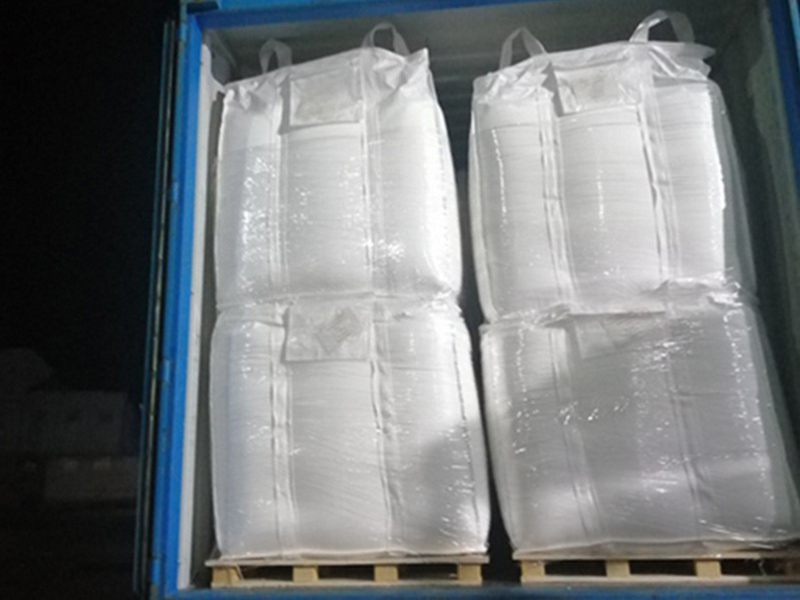
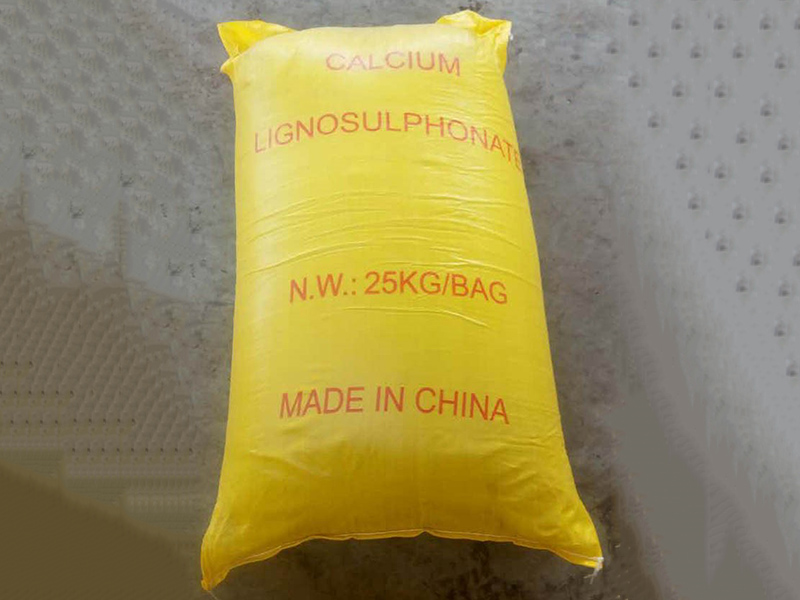
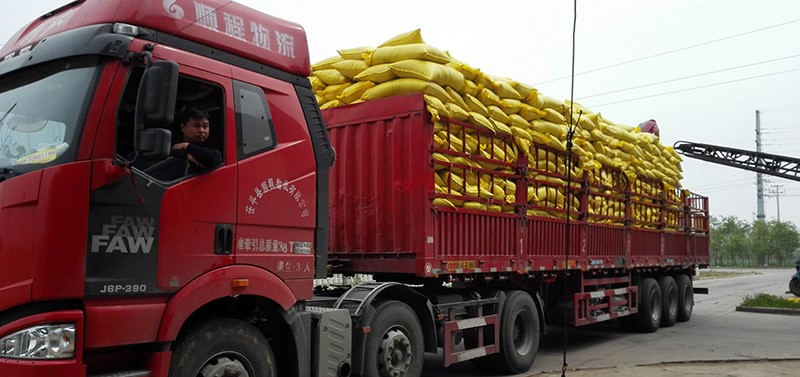
Four, packaging, storage and transportation:
1.Packing: double-layered packaging in polypropylene woven bag lined with plastic film for external use, net weight 25kg/bag.
2. Storage: Store in a dry and ventilated place, and should be protected from moisture. Long-term storage does not deteriorate, if there is agglomeration, crushing or dissolving will not affect the use effect.
3. Transportation: This product is non-toxic and harmless, and is a non-flammable and explosive dangerous product. It can be transported by car or train.
Post time: Oct-14-2021


